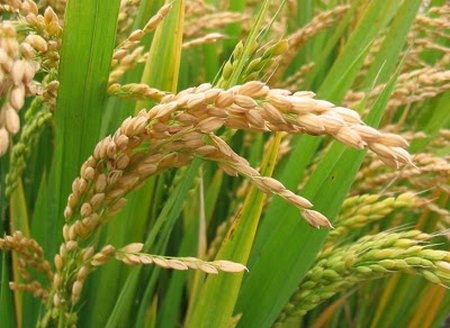General Information
Rice (Oryza sativa L.) is the chief diet for all those of North Esat India. It has effective opportunity for organic rice manufacture in the area. Majority of the farmers in the area are compact as well as small and thus usually fail to utilize any chemical substance to rice. Organic rice cultivation utilizing appropriate features will never reduce the productivity, somewhat there will be range for improving yield.
Organic rice productivity implies reusing of crop rotation, plant residues, introduction of legumes in process equally in sequence or even in intercrop, green manuring, off-farm waste material reusing, usage of mineral rocks such as rock phosphate, mechanical cultivation, natural bug control as well as prevent usage of artificial agrochemicals with the entire objective of endurable formation, managing sources as well as ecological quality. Weed management, land fertility as well as control of bug and infections are the primary difficulties involved with organic rice formation.















